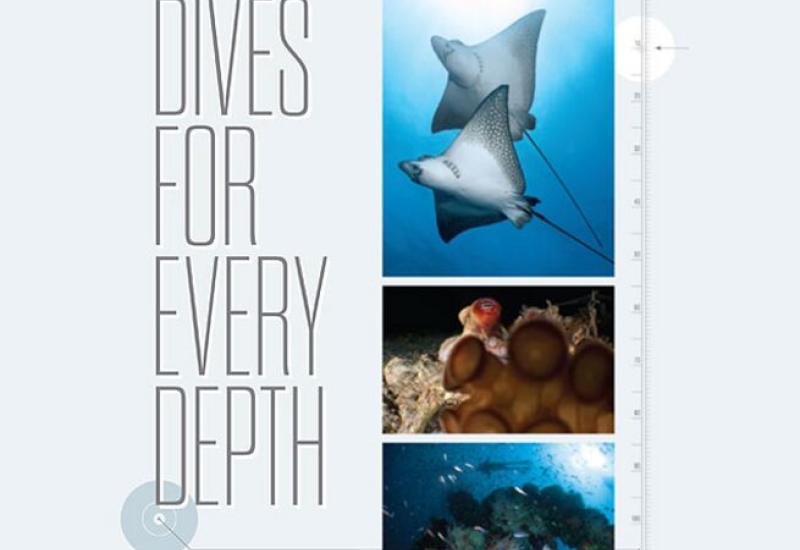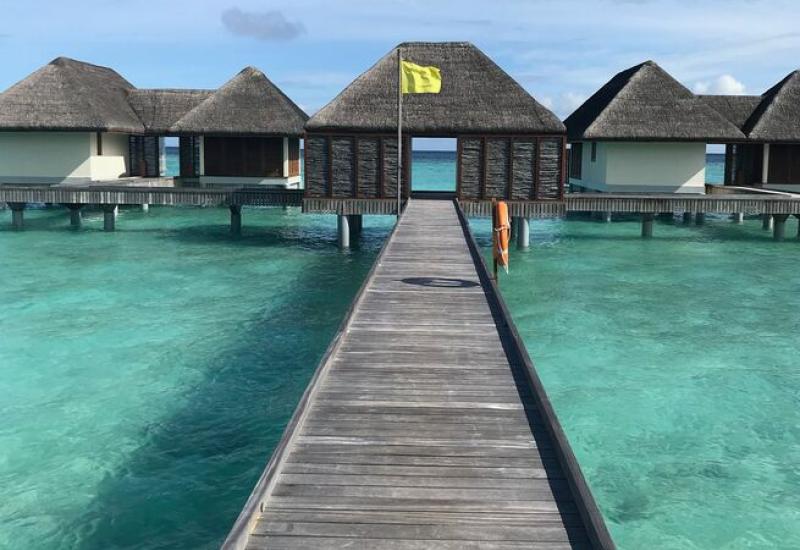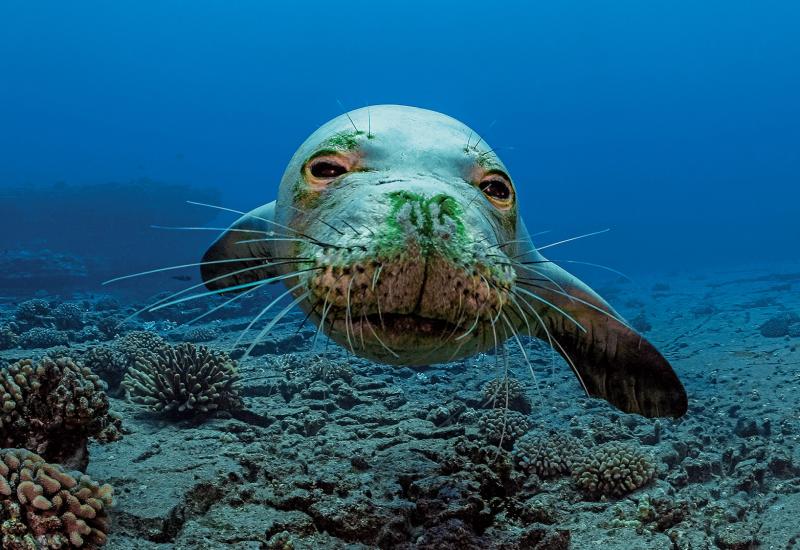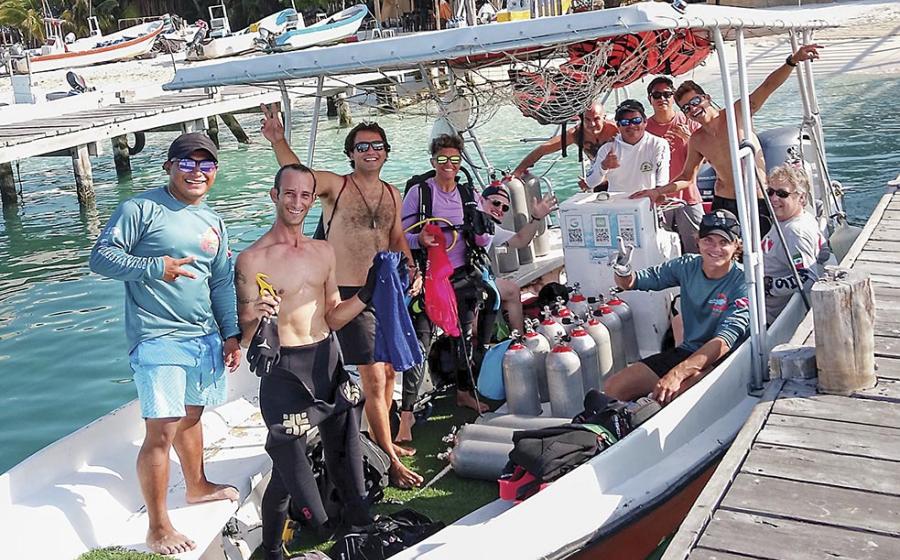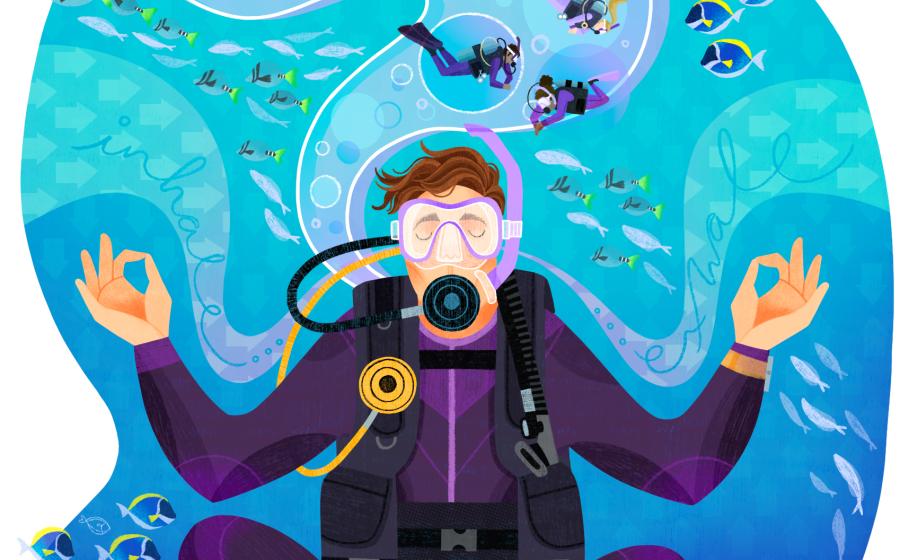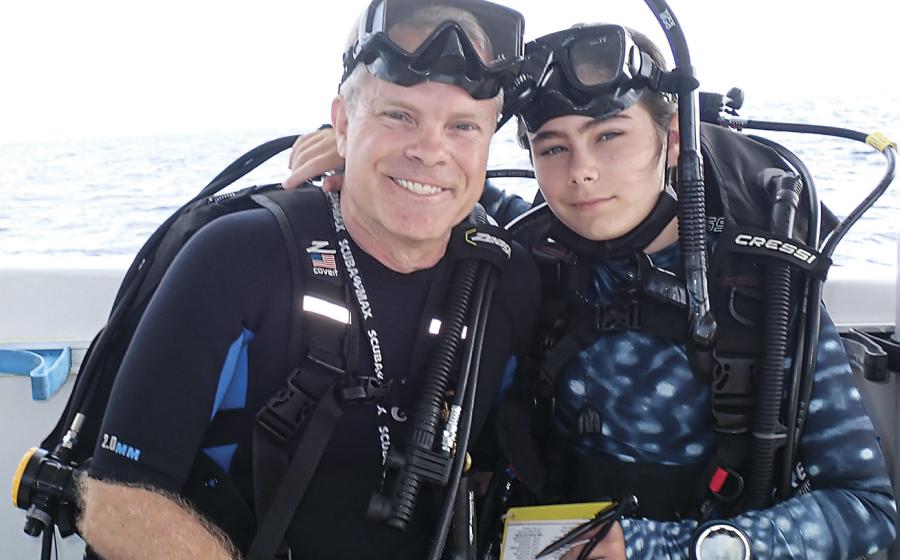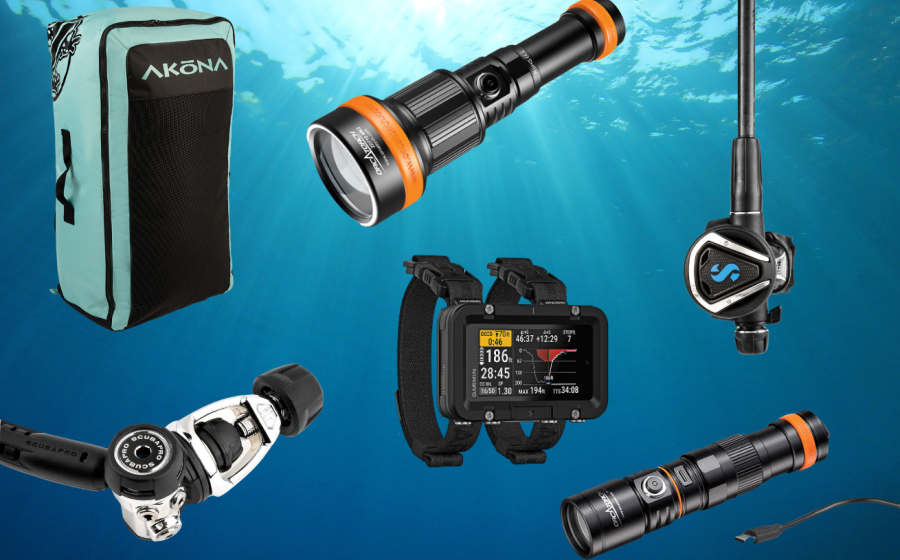Diving in the Lifeless Sea
The pale, gritty sand stretches away from me; I can see nothing alive in any direction, other than my buddies, who are clearly finding this as alien as I am. The gear I have dived in all over the world looks bizarre, with the huge blocks of lead strapped to my tank and the full-face mask. It’s like I’m on a science-fiction movie set. I’m a regular visitor to the Red Sea, and always on the lookout for something different: unusual destinations with unusual dives. While diving in Eilat, Israel, on one occasion, I met Avi Bresler, who runs Dead Sea Divers. He explained to me at length the incredible, otherworldly experience of diving there. It was an easy sell — I was hooked.

iStockThe Dead Sea
Everything about this is going to be unlike anything I’ve experienced diving all corners of the world. The Dead Sea is an inland lake, rather than a true sea, between Israel, Palestinian Authority and Jordan. Because the Dead Sea is cut off from both tidal flushing and significant rainfall, and exposed to scorching conditions that evaporate water from its surface, salt has famously concentrated here to an incredible degree, making this dive utterly different from anything else on Earth. In the parched air, evaporation is greatly higher than the paltry rainfall. The dusty desert area has hot, dry summers and warm, dry winters.
The Dead Sea is a little more than 30 miles long and 9 miles wide. The surface is more than 1,400 feet below sea level, and road signs along the way remind you just how far below sea level you are. Landlocked and rain shadowed, the sea has only one source of water: the Jordan River. The water level has dropped 130 feet in the past 80 years. There are several reasons for that, one of which is water from the Jordan River has been diverted for other uses. It’s not quite the saltiest sea in the world, but at 1,200 feet deep it is by far the largest hypersaline body of water on Earth. Potassium, calcium and sodium salts precipitate out of the saturated water to create magnificent sand-colored crystal formations on the lake floor.
Related Reading: Best Destinations for Wall Diving
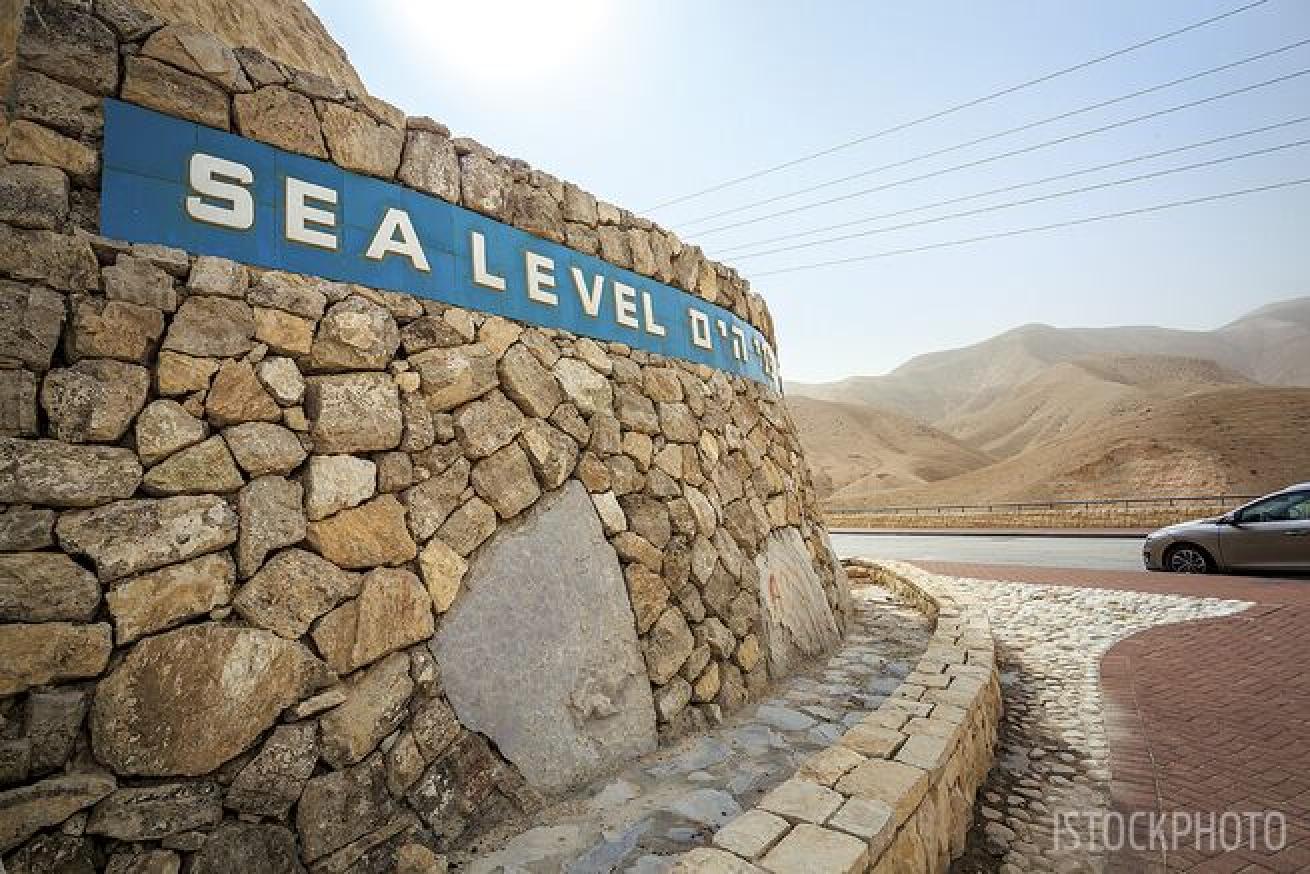
iStockBecause of the Dead Sea’s location below sea level, you’re essentially still diving at 9 feet when you surface.
This saltiness is almost completely incompatible with life — the Dead Sea is as close to anywhere on Earth to being completely dead. The salt kills all but a tiny handful of extremophile bacteria and fungi, most living where fissures leach in slightly less salt-rich water. On the rare occasion when significant rainfall gets to the area, dormant algae that can deal with astonishing levels of salt turn the sea red.
When conditions return to what passes for normal in this part of the world, however, the salinity rises to quash even these bizarre organisms, and the sea dies once more.
We have a pool session first to increase our familiarity with full-face-mask diving. Normal masks and regulator mouthpieces would leave your eyes and mouth rather exposed to the horrific levels of salt. The price you pay is that the airspace in the mask makes your head even more buoyant in this salty sea than it would be in normal diving.
I drive almost three hours from the center of Israel to reach the inland sea. After a short briefing by Avi, we gear up, which is quite a process in itself. To overcome my massive buoyancy, I need to load myself with 110 pounds of lead. You really don’t want to walk very far carrying this, especially as you load yourself front-heavy. You also don’t want to have all this lead in one place. We each have enormous weight blocks on either side of our tanks, more around the waist, some in front of the body, on straps on our BCs and in pockets. We end up uncomfortably front-heavy — pulling us face-forward.
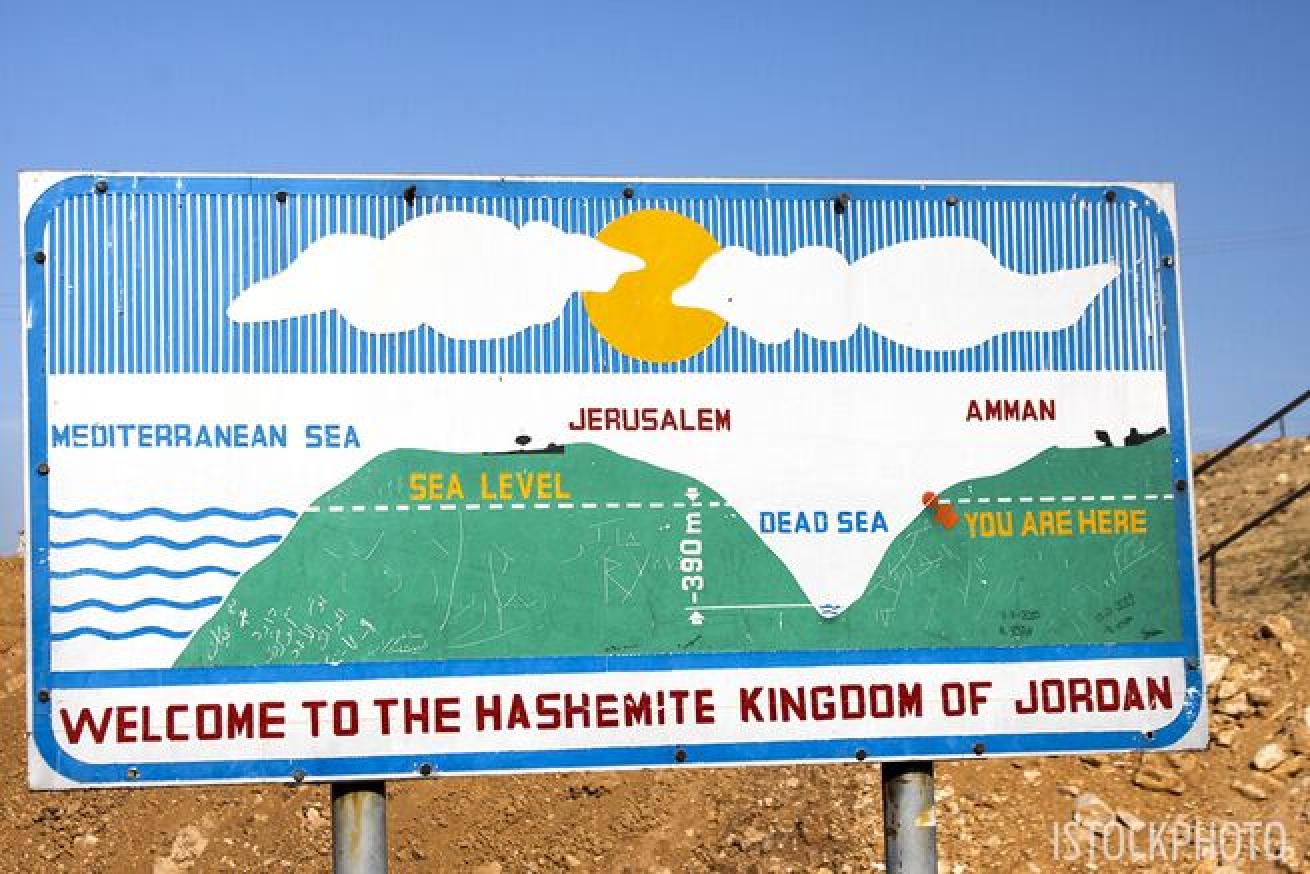
iStockThe Dead Sea’s water is very dense. More than 100 pounds of lead is often needed for divers to sink beneath the surface.
Because of the wide temperature variation during the day and the scorching summer surface conditions, you need to organize early summer dives in the morning to avoid wrestling with gear in the heat. You put your gear together as close as possible to the entry point and suit up as late as you possibly can. The water temperature can reach a whopping 102 degrees during the summer, making respiration more difficult.
I climb down the few salt-encrusted rough rock steps into the alien sea. The water feels rather thick and oily. The surface is not particularly calm, and that transition between floating on the surface and descending is far more awk- ward than on any normal dive. I’ve also been warned: One little drop of Dead Sea water in the eye is a horrific thing.
Every sensation that has become habit on a normal dive is somehow different. It’s not easy to sink, despite all the weight. It’s also not easy to fin around in these dense, syrupy waters. At 25 feet, I size up the best angle on a tall pillar of salt for a later dive, when I will come back with my camera. It’s just my luck that a drop of salty water seeps into my mask and into my left eye. An instant and horrible assault on the senses follows, like a hornet sting in the eye. I can’t open my eye, and I can’t do anything underwater. So I signal to Avi, and we go back to the surface. After rinsing my eye thoroughly with fresh water, we return to finish this first dive.
Related Reading: How Can I Afford Diving With Limited Funds?
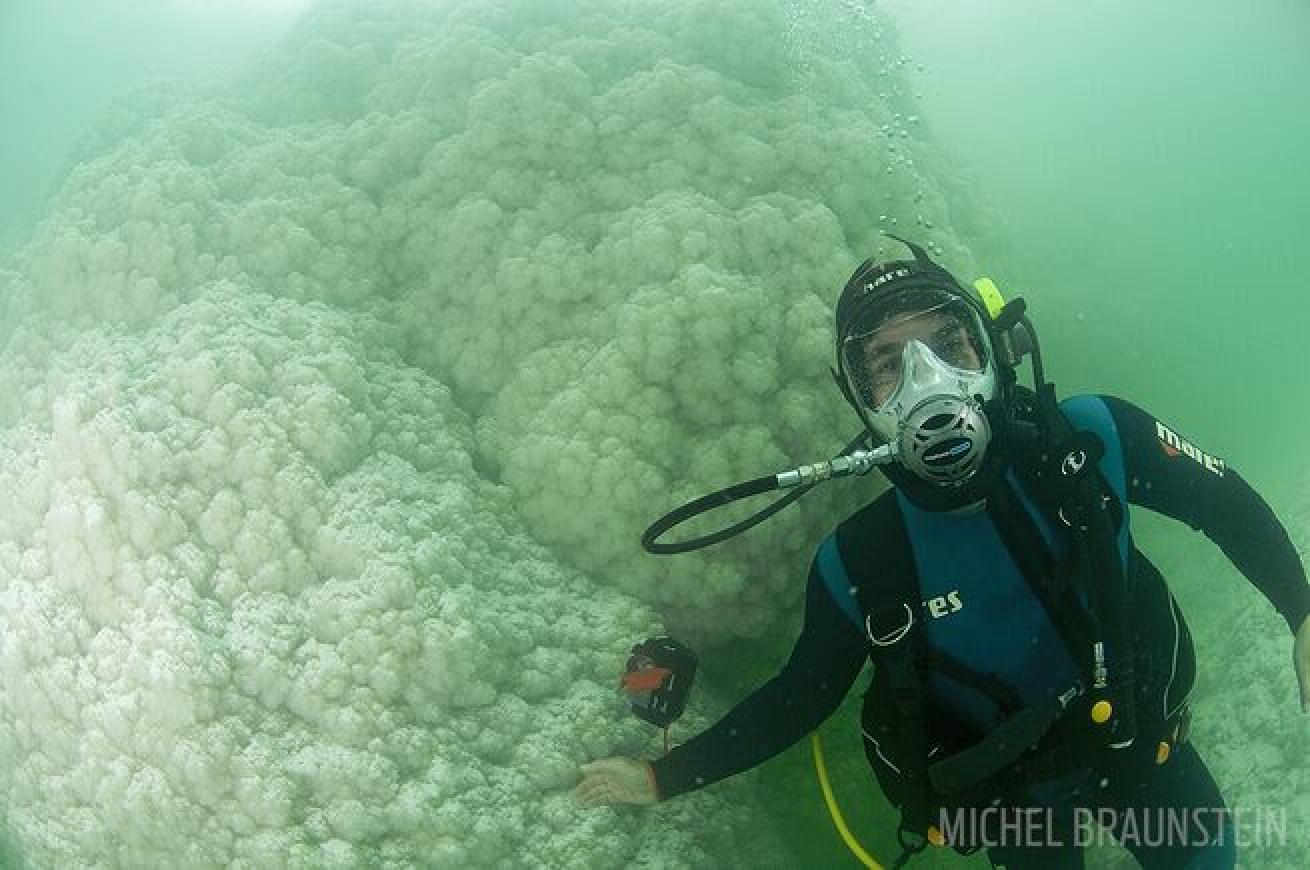
Michel BraunsteinThe water has an extremely high level of salt, so divers use a full face mask for protection.
There are no fish — indeed, we see nothing alive — and the thick, salt-dense water makes visibility poor. Field after field of creamy salt-crystal formations appear out of the gloom, sometimes like sand dunes; sometimes a mono- chrome, lunar landscape; sometimes looking oddly like bleached coral formations. Sometimes a sculpture, a salt cathedral, appears out of the gloom to break up the relief, bringing to mind the Genesis story of Lot and his wife, Edith. She disobeyed the order not to look back and turned into a pillar of salt. Every so often, walls of a canyon or a cave appear. It’s an otherworldly underwater landscape, and a unique experience.
After only a couple of dives in this unusual environment, you may think you’ve pretty much seen it all. Avi disagrees, of course. He tells me you can spend an entire week diving in the Dead Sea. One spot he describes is a gigantic cave that can be reached only by boat.
There is another site I can’t wait to dive, where fresh water seeps out of fissures in the ground into the sea and you can see patches of clear water squeezing through the thick salted water and escaping to the surface.
There are more dives to do here. Getting up and out of the water after the dive is no small feat. Releasable weights help, but I still need help from a buddy to climb up the beach.
It’s almost time for us to drive back, but decompression considerations are different here. At Dead Sea level, after surfacing you’re effectively still diving at 9 feet below sea level.
Dive computers must be configured to minus 9 feet before the dive, and depending on the dive depth and time, you must wait up to four hours before driving the car back to sea level.
This gives us plenty of time to rinse our gear — yet another interesting aspect to this experience. The greasy-feeling water simply does not dry; it clings to the gear. You really need to rinse your gear thoroughly with fresh water you bring with you. Any of the hypersalty water not rinsed away will cling to your gear for several weeks.
Before the climb back up to sea level and above, Avi sets a table with some food. One of the plates is, he says, the only fish you can find in the Dead Sea: salted herring.
The vegetarian in me declines. And besides, I’ve had enough salt today.
Jamie Watts contributed to this story.

